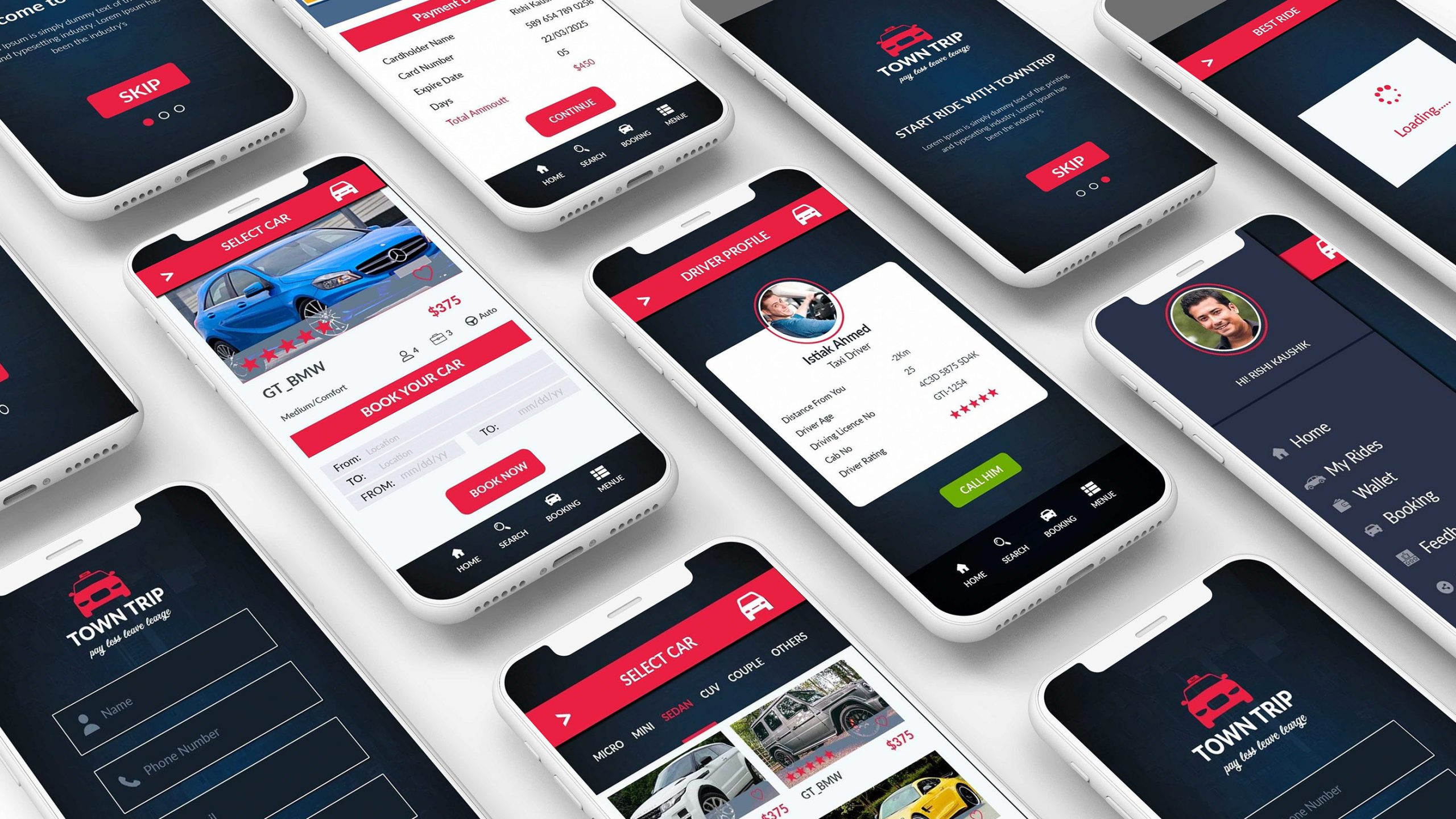
Mobile Application Design: Features and Limitations
Using UI and UX mobile app designs is essential to create a successful digital product. The first type refers to the style and attractiveness of the interface, while the second refers to its actual functionality and usability. The better the design of an application, the more likely that users will not abandon and continue to use it, which is important for every business.
Mobile Application Design Principles
The main goal of designers is to keep the attention of people who use the program for the first time. Statistically, about 25% of users who open a certain application for the first time quickly close it and never return to it.
It is important to follow the principles of successful designers to achieve the goal:
- Leaning towards minimalism. Minimalist designs look calmer, do not cause anxiety, and do not slow down applications.
- Placing important elements at the bottom or in the center of the screen. This makes the interface more convenient for users to control when they hold their smartphone with one hand.
- Reducing the need for typing. It makes sense to add an autofill function, smart suggestions, quick category selection, and many other similar features.
- Simplifying files and multimedia formats. Users will not use the program if they find it inconvenient to work with. It is important to ensure that the number of API calls from the platform does not degrade server performance.
People do not want mobile applications to be complicated. So it is better to minimize the cognitive load of users by allowing them to navigate through an app step by step. For example, it is much easier to fill out order forms gradually, by entering data in several stages: the delivery address, then payment information, and so on. Navigation should be simple and provide access to any information in a maximum of three clicks. If a person gets distracted, it is important to let them return and finish what they were doing without making them start over.

Other Things to Consider for Mobile App Designers
Designers are responsible for the overall style of an app, including things like color schemes, fonts, button types, and widgets. And although the aesthetics of a digital product is very important, the main thing is to meet the expectations of consumers. In other words, the information architecture of the application should match the users’ mental model: navigation patterns should be intuitive, and touch targets (for example, buttons) should be easy to tap.
Creating a mobile application is different from working on other types of software products. There are some limitations to consider which include:
- Small screen size. The displays of even small laptops fit a lot more items. It is important to simplify navigation on the screen of a mobile device by displaying the contents of a program more compactly and shortening the users’ path to the information they need.
- Clarity of texts. It is impossible to read small letters on the smartphone display. That is why the font must be at least 16 pt.
- Touch control. Smartphones do not have a mouse and users control everything through clicks. Elements intended for touch control should be larger than the rest of the content. Otherwise, it will be difficult for users to click on them with their fingers.
However, it is essential to first analyze the target audience and competitors’ products before choosing any principles and restrictions to follow. All details may vary based on user requests. For example, for a female audience, it is acceptable to make smaller buttons, while for an older audience, unlike a younger one, it is better to make larger fonts. Regular tests will show if the product meets the requirements of the customers and what changes should be made to attract more users.


